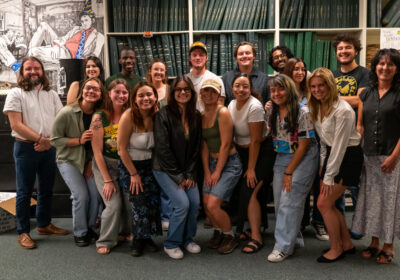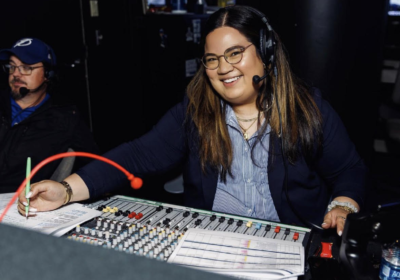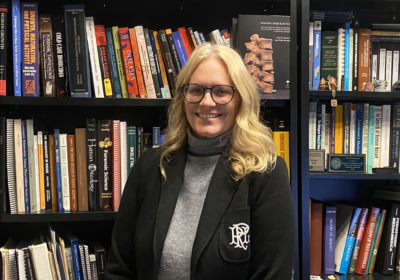USF ArtHouse makes its mark

The USF School of Art and Art History held its 18th-annual ArtHouse on Friday, an event where students, faculty and family can view student works in an open house-style setting.
The event began with the exhibition, “Only the Tip”, where works from third-year master’s candidates were put up for public viewing in the USF Contemporary Art Museum.
ArtHouse opened with classrooms full of student works being exhibited in the Fine Arts Hall.
The concepts and practices class debuted student work from their Shockwave curriculum, in which students created their own countries. Both flags and portraits of the country leaders were put up for display.
Electronic medium projects were also shown including animated walk-cycles, kinetic typography set to music and interactive video games.
In the Salon de Refuses exhibit, patrons were given the option to vote for their favorite work. The works included drawings, photographs, performance art and sculptures.
Students also submitted work independent of their class, which were part of the “40th Annual Juried” student exhibition displayed in the Oliver Gallery.
“My favorite group of projects was, probably the ones currently in the Oliver Gallery. There were a lot of ones I liked in there,” Charlotte Preston, a junior studying studio art, said. “I really like the light up floor panels that were in the Oliver Gallery.”
An interesting collection on display was the inflatable installations, also made by students of the concepts and practices course. The class’ objective was to provide a utopia-like structure made to shield someone from a fear or phobia.
Some of these structures included a greenhouse to combat world hunger and a safe refuse from media bias.
“It feels amazing (to have your work displayed), and really almost enabling,” Threnody Gawron, a senior doubling in psychology and studio art, said. “When you are an art student you want people to see your work, but it’s kind of hard to find an audience.
Gawron had a walk cycle, lip sync, kinetic typography, as well as a video game from the Sandbox experimental theme course displayed during ArtHouse in the Electronic Media exhibit.
“The fact that your peers can see you, and the fact that they can see how diverse your skill set is, it can really help you feel like it pays off to do all this work,” Gawron said.







